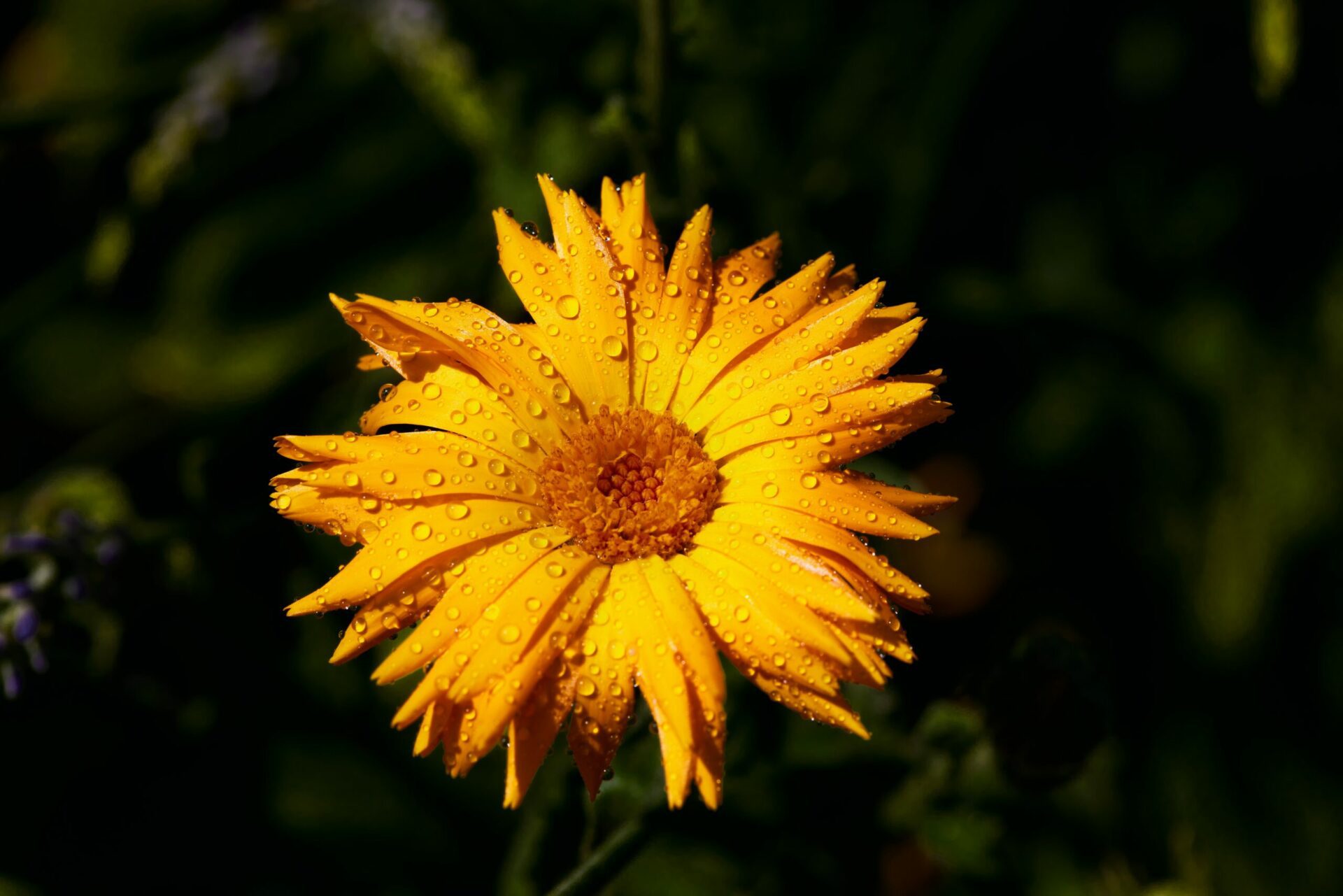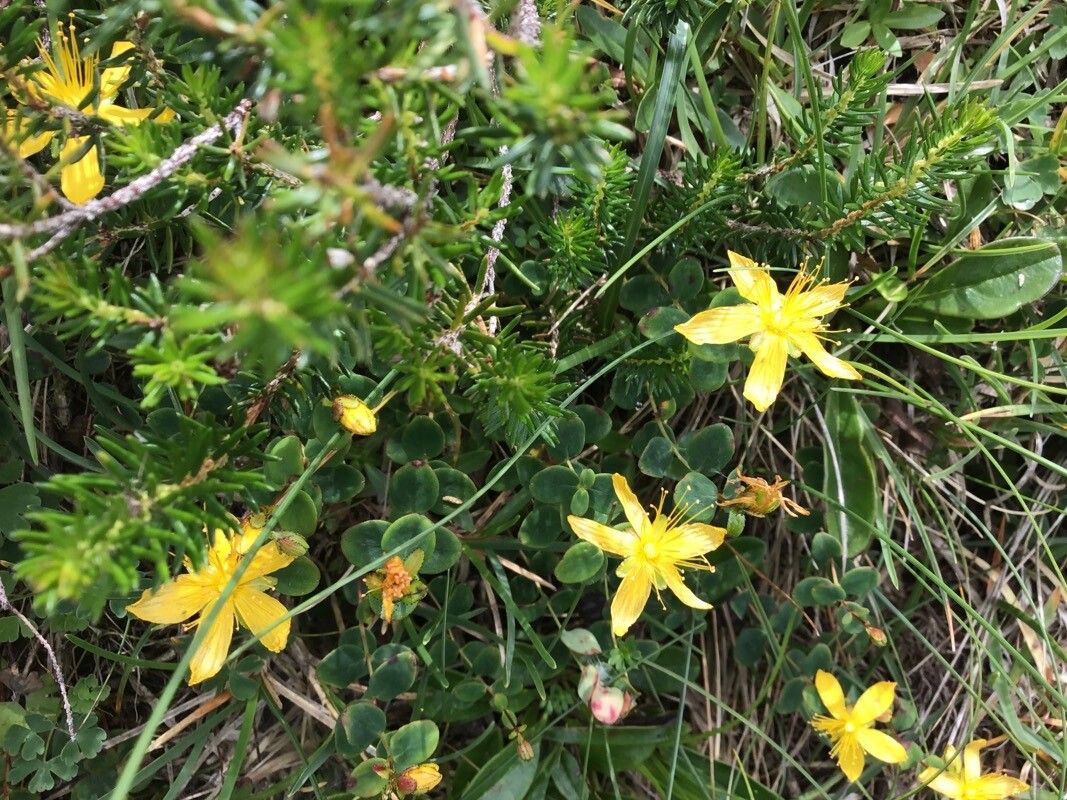Botanical Description:
Scientific Name: Scrophularia nodosa
Description: Figwort, scientifically known as Scrophularia nodosa, is a perennial herbaceous plant belonging to the Scrophulariaceae family. Indigenous to Europe and Western Asia, it has adapted and naturalized in various regions. Figwort typically grows up to 3 feet in height, featuring square stems and opposite, toothed leaves. The small, inconspicuous flowers are reddish-brown and grouped in clusters. The plant prefers moist habitats, often found near streams or in damp woodlands.
Disclaimer:
This Materia Medica is provided for informational purposes only and should not replace professional medical advice. Please consult with a qualified healthcare practitioner or herbalist before using any herbal remedies.
Therapeutic Actions:
- Anti-Inflammatory: Figwort is recognized for its anti-inflammatory properties, making it valuable in addressing inflammatory conditions.
- Lymphatic Support: It is traditionally used to support the lymphatic system, aiding in conditions related to lymphatic congestion.
- Skin Conditions: Figwort may be applied topically or taken internally to assist with various skin conditions.
- Detoxification: It is believed to contribute to detoxification processes within the body.
Constituents:
- Iridoids: Figwort contains iridoids, known for their anti-inflammatory effects.
- Flavonoids: The presence of flavonoids contributes to its antioxidant properties.
- Saponins: Saponins in figwort may play a role in its lymphatic and detoxifying actions.
Traditional Uses:
- Inflammatory Conditions: Figwort has been traditionally employed to address inflammatory conditions, such as arthritis.
- Lymphatic Congestion: It is used to support the lymphatic system, especially in cases of congestion or swelling.
- Skin Disorders: Figwort is applied topically or taken internally to aid in various skin disorders, including eczema.
- Detoxification: Traditional use includes supporting the body’s natural detoxification processes.
Dosage and Preparation:
- Infusion or Tea: Prepare an infusion by steeping dried figwort leaves in hot water. Drink in moderation.
- Tincture: Figwort tinctures are available commercially and should be taken as directed.
- Topical Applications: For skin conditions, a poultice or ointment made from figwort may be applied to affected areas.
Cautions and Considerations:
- Pregnancy: Pregnant individuals should avoid figwort due to potential uterine-stimulating effects.
- Allergic Reactions: Individuals with known allergies to plants in the Scrophulariaceae family should exercise caution.
- Dosage Accuracy: As with any herbal remedy, accurate dosage is crucial, and it is advisable to follow recommended guidelines.
Conclusion:
Figwort, with its anti-inflammatory and lymphatic-supportive properties, holds a place in traditional herbal medicine. Whether addressing inflammatory conditions, supporting lymphatic function, or aiding in skin disorders, figwort’s potential benefits are diverse. The presence of iridoids, flavonoids, and saponins contributes to its therapeutic actions. As with any herbal remedy, caution is advised, especially during pregnancy or for individuals with known allergies. Figwort can be prepared as an infusion, tincture, or topical application, and accurate dosage is essential. While figwort presents promising traditional uses, seeking guidance from a qualified healthcare practitioner or herbalist ensures safe and effective utilization. This Materia Medica aims to provide insights into figwort’s botanical description, therapeutic actions, constituents, traditional uses, dosage, precautions, and a reminder of the importance of professional consultation.






